Creating Inclusive Web Design: Unveiling User Habits and Accessibility Needs
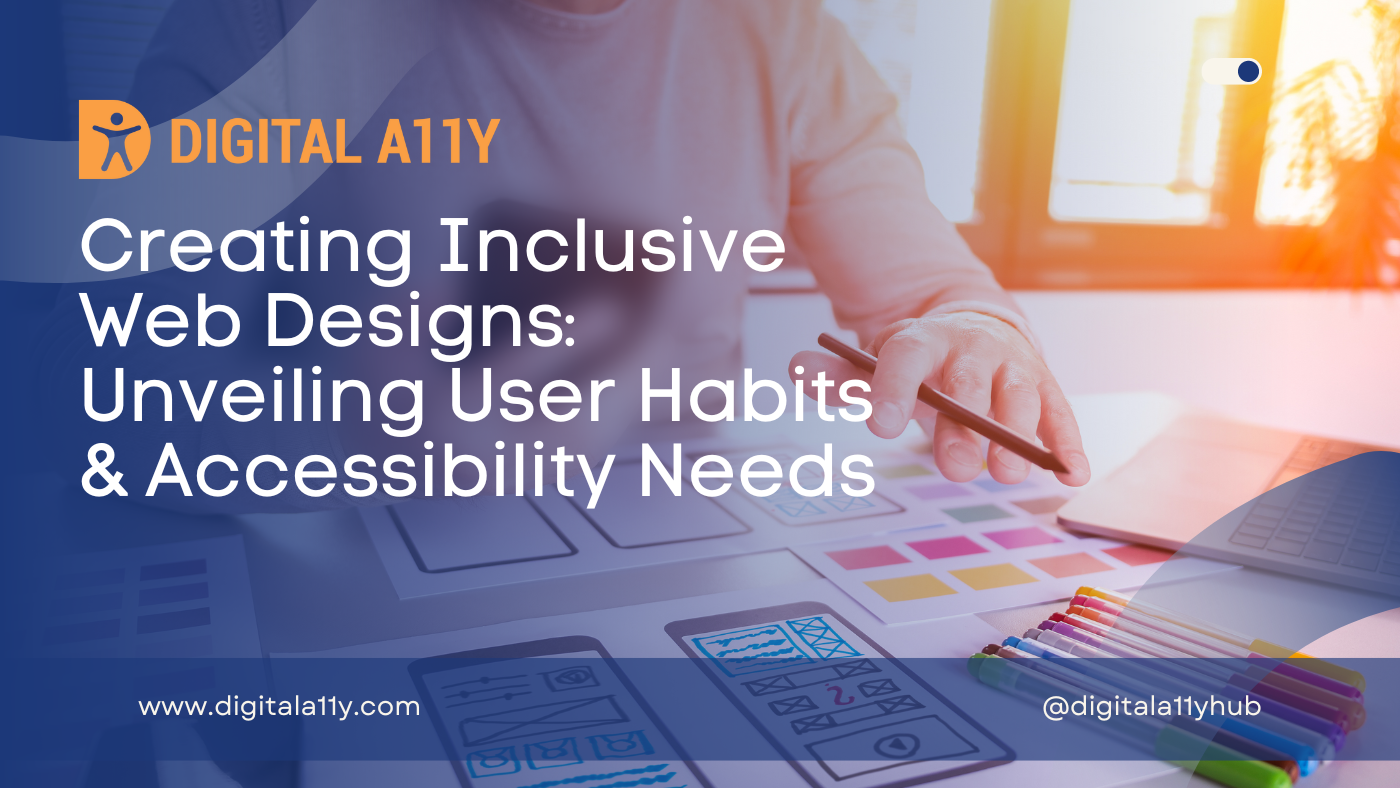
The internet has revolutionized the way we access information, connect with others, and conduct business. But despite the many benefits of the web, there are still many challenges to creating designs that are truly accessible to all users. In this blog post, we’ll explore some of the ways that people really use the web and what web designers should consider when creating designs that are both usable and accessible.
Understanding How We Use the Web
When designing for the web, it’s important to keep in mind that people use it in a variety of ways. Some users may access the web on a desktop computer with a large monitor, while others may use a smartphone or tablet with a small screen. Some users may be visually impaired and rely on assistive technologies like screen readers, while others may have motor impairments that make it difficult to use a mouse or keyboard.
To design for all of these users, web designers need to consider a variety of factors. These may include font sizes, color contrast, navigation menus, and input methods. For example, a website with small fonts and low contrast may be difficult for users with visual impairments to read, while a site that relies heavily on mouse input may be challenging for users with motor impairments.
Designing for Accessibility
When designing for accessibility, there are several key principles that web designers should keep in mind. These include:
- Use clear and simple language. Use plain language that is easy to understand for all users.
- Provide alternative text for images and videos. Alternative text (alt text) helps users with visual impairments understand the content of images and videos.
- Use color and contrast carefully. Choose colors and contrast that are easy to see for all users, including those with visual impairments.
- Make sure content is navigable with a keyboard. Many users with motor impairments rely on keyboard navigation instead of a mouse.
- Test with real users. Conduct usability testing with a diverse group of users to ensure that your design is truly accessible.
By designing for accessibility, web designers can create designs that are not only more usable for all users but also more inclusive and equitable. Whether you’re designing a website or app, it’s important to keep accessibility in mind from the beginning of the design process to ensure that your design is truly accessible to everyone.
Scanning, Satisfied, and Muddling Through
When browsing the web, we tend to scan rather than read every word on a page. This scanning behavior is important for web designers to understand in order to create effective designs. Additionally, we often settle for “good enough” solutions, known as satisficing, when making choices and decisions online. This is because we are usually in a hurry and don’t have time to thoroughly explore all options. Even when we do take the time, we may not fully grasp how things work on the web. Many users muddle through, lacking a complete understanding of the technology they are using.
For web designers, this means designing with scanning, satisficing, and muddling through in mind. Content should be easily scannable, and links and buttons should be intuitive. The user experience should be optimized even for those who may not fully comprehend how the design functions. Effective designs should acknowledge that users are often pressed for time and provide clear pathways to the information they seek.
In the end, understanding how users really use the web is key to creating designs that are both effective and user-friendly. By embracing the realities of scanning, satisficing, and muddling through, we can create designs that truly meet the needs of our users.


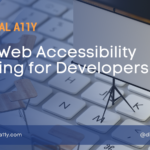

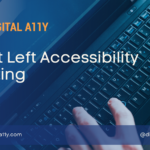
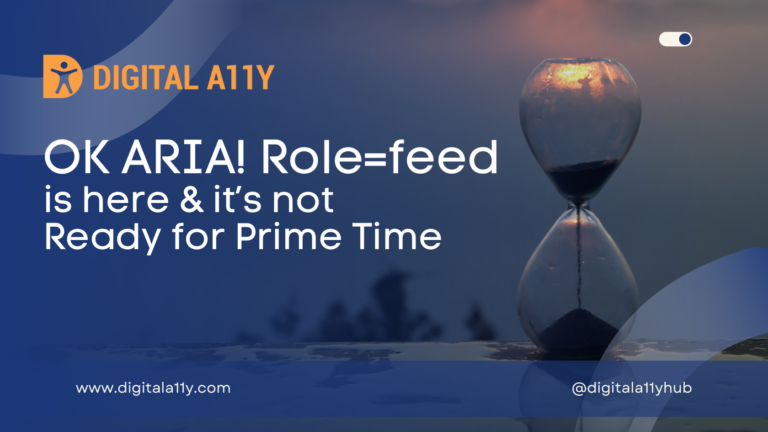
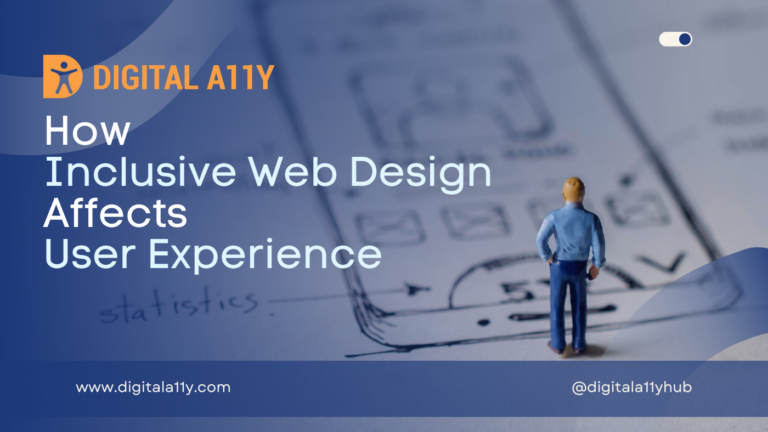

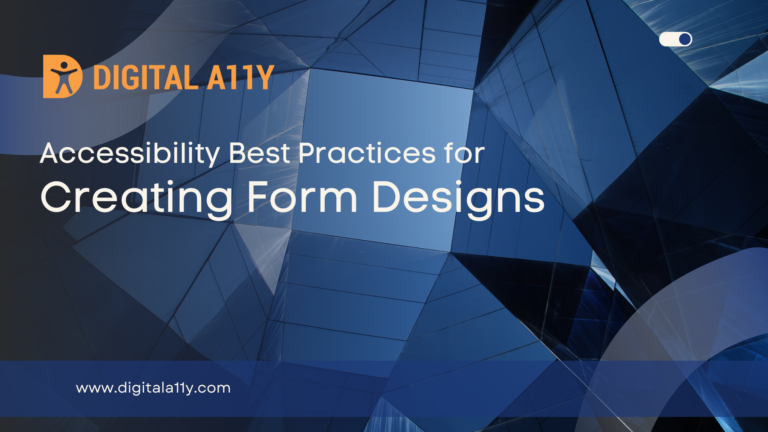
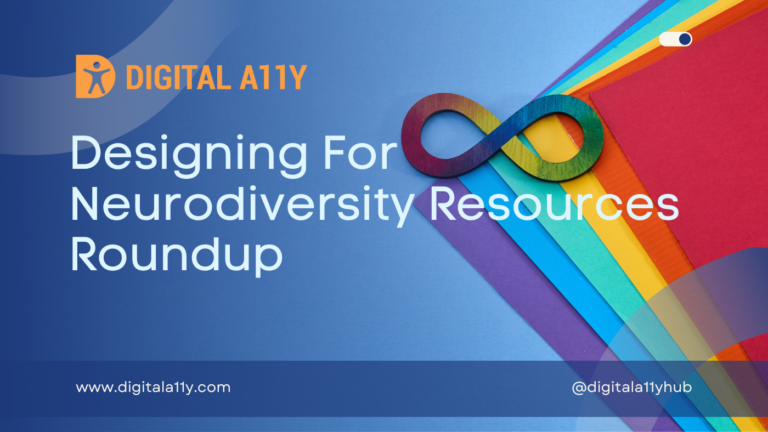
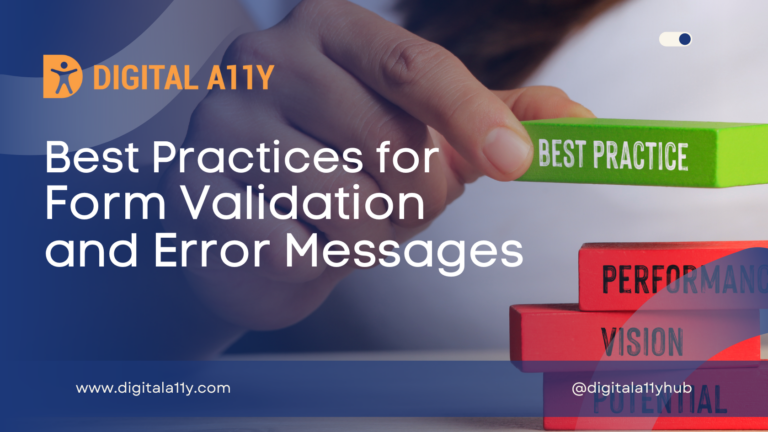
Monika, THANK YOU for sharing this. The article definitely helps in understanding how to make web pages more accessible to users. It’s clear and easy to follow. Glad I got to read it 🙂
Hi Monika,
I do appreciate you for presenting such an excellent and thoughtful article. It will definitely help me enrich my knowledge associated with accessibility. It’s worded so simply that makes it easy to catch up. I feel great that I couldn’t miss it.
Thank you for your kind words and appreciation! I’m thrilled to hear that the article has provided you with valuable insights on accessibility and that it’s presented in a simple and easy-to-understand manner. I’m glad you didn’t miss out on it and that it has enriched your knowledge.
Thank you so much for your kind words! I’m delighted to hear that the article has been helpful in explaining how to enhance web page accessibility. I’m glad you found it clear and easy to follow.
Very insightful! It needs to ensured that the web designs cater to the accessibility needs of diverse audience.
Thank you for your feedback! I completely agree that web designs should prioritize catering to the accessibility needs of a diverse audience, and I’m glad you found the article insightful in highlighting that importance.
Hi Monika
Great article, the best i ever read on this topic. Keep sharing your deep knowledge so that others can learn from same. Thanks for the hard work and efforts.
This was really helpful! Amazing insights! I’ll keep coming back to this article while designing anything new! Thanks for taking the time and energy to write about this!
Thank You so much !